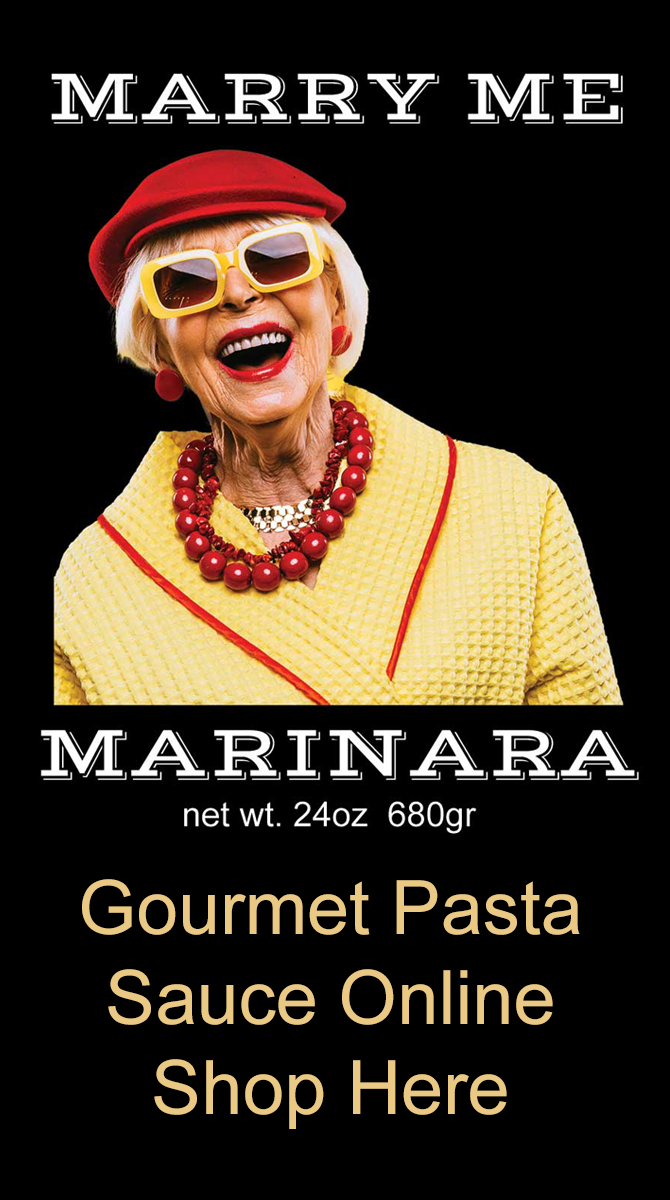Coffee is one of the most popular drinks in the world, and it comes in two main varieties: Arabica and Robusta. Arabica beans are the most popular type of coffee, and they are commonly used for black coffee. They have a sweeter and more complex flavor that can be enjoyed on its own. On the other hand, Robusta beans have a higher caffeine content than Arabica beans, making them a great choice for those who need an extra boost of energy.
Latte is one of the most popular coffee drinks, and it is made up of a shot of espresso and steamed milk with a touch of foam. It can be ordered alone or with a flavor injection, such as vanilla or pumpkin spice. To make an imitated pumpkin spice Starbucks latte, you can mix espresso with steamed milk and a touch of flavor. Variations of latte can also include cream instead of milk or additional flavors.
A shot of espresso can be served alone or used as a base for other coffee beverages, such as lattes and macchiatos. A double shot of espresso, known as Doppio, is perfect for adding an extra kick to your morning routine. Sliced coffee is the perfect balance between espresso and steamed hot milk, as it reduces the acidity of espresso. Red eye is another popular coffee drink that consists of black coffee with a shot of espresso mixed in.
It is closely related to coffee with milk and cappuccino, but it contains twice as much frothed milk, making it a lighter drink than the other two. A Lungo is an espresso-based drink that has a longer extraction time than regular espresso, resulting in more caffeine and more ounces per cup. Macchiato is another espresso-based drink that has a small amount of foam on top, making it the midpoint between a cappuccino and a Doppio. Mocha is a chocolate espresso drink with steamed milk and foam that has less hot water than regular espresso, resulting in a sweeter flavor.
Australian Flat White is similar to cappuccino but without foam or chocolate sprinkled on top. Affogato is an Italian coffee-based dessert that consists of a scoop of ice cream topped with a shot of espresso or two. Irish coffee is another popular coffee drink that consists of black coffee, whiskey and sugar topped with whipped cream. Iced espresso can also be served on its own or with a splash of milk, cream or sweetener. The AeroPress is another manual coffee maker that produces drinks similar to French press but with more control over the extraction process.
Moka pots are also similar to percolators but they produce an espresso-like drink instead of regular coffee. Cappuccino was inspired by the dark color of the tunics worn by Kapuzino friars in Austria in the 18th century. It was invented by Italians in the 1900s as an ideal morning coffee that could be drunk in just a few sips to get an energy boost. Cut coffee is another popular espresso-based beverage from Basque County in Spain that has enough milk to reduce its acidity. Modern mocha originated from an Italian drink called bicerin which was popular in 18th century Italy. It was named after an Italian coffee shop called Caffè al Bicerin which served its customers a mix of coffee, cream and chocolate separately so they could mix them according to their taste. Raf coffee originated in Russia in the mid-1990s and it consists of black coffee with condensed milk.









